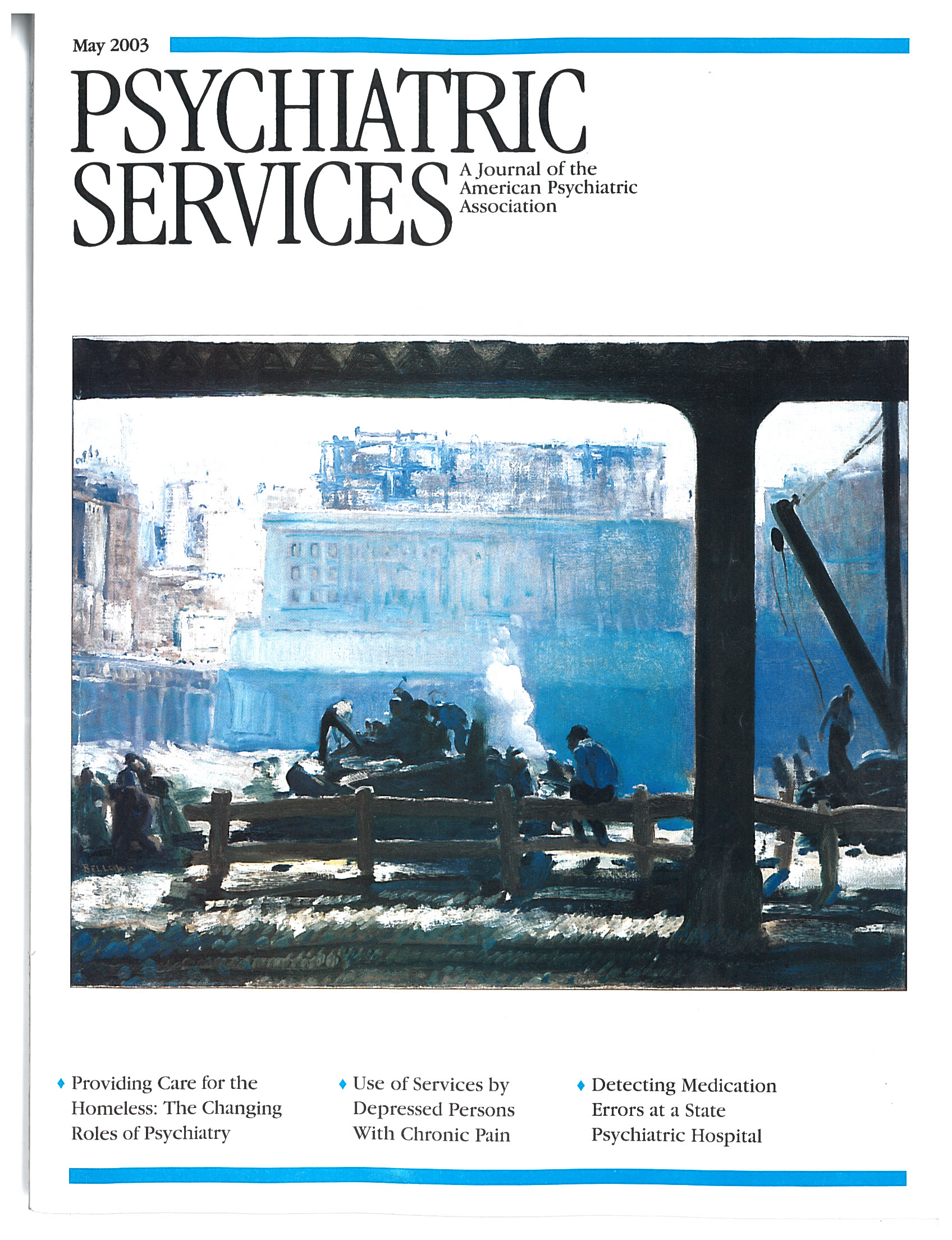Administrative Burden and Its Implications for Outpatient Substance Abuse Treatment Organizations
Abstract
OBJECTIVE: The aim of this study was to examine the extent of administrative burden on outpatient substance abuse treatment organizations and its implications for efficiency and productivity. METHODS: Using data from the 1995 and 2000 waves of the National Drug Abuse Treatment System Survey, the authors conducted multivariate analyses using generalized estimating equations. Two measures of organizational efficiency (operating expenses per therapy hour and salary and wages per therapy hour) and one measure of productivity (treatment sessions per full-time equivalent) were included. RESULTS: The average administrative burden in outpatient substance abuse treatment units increased between 1995 and 2000. The weighted and adjusted national sample data showed that one hour of substance abuse treatment therapy was associated with approximately $60 (in 1999 dollars) of nonsalary operating expenses and $124 in salaries and wages. Approximately eight treatment sessions were delivered each week by each full-time-equivalent staff member. The average weekly administrative burden consisted of about 71 hours of administrative work and almost 87 hours of clerical work. After controlling for various organizational characteristics, the authors found support for their predictions that administrative burden has negative relationships with organizational efficiency and productivity. CONCLUSIONS: This study uncovered different relationships for various types of burden and different types of organizational performance. It provided some evidence that, as treatment organizations face increased administrative burden, they may be shifting resources away from the provision of care.



